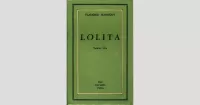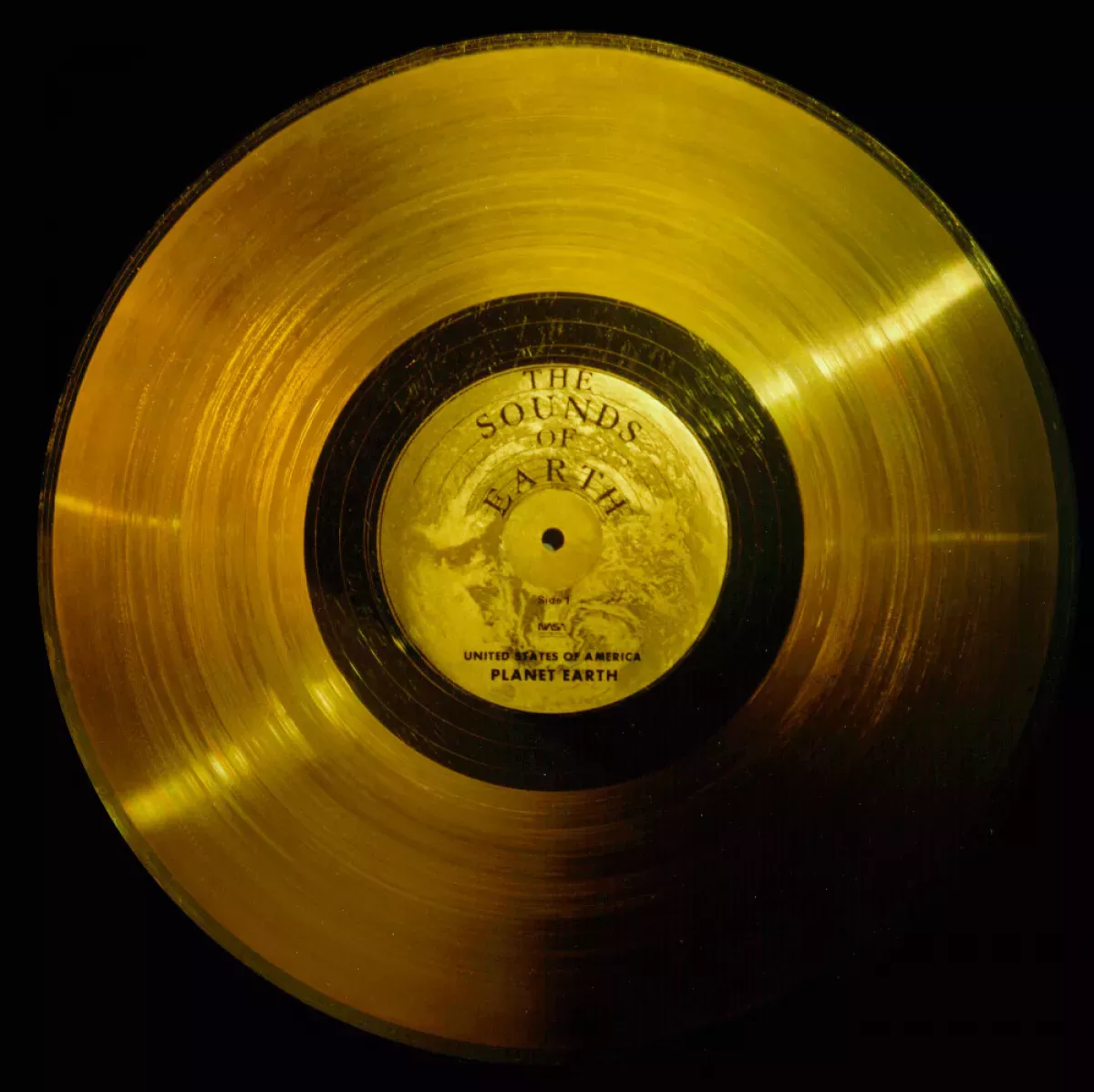Music is a cultural universal involving the arrangement of sound to create form, harmony, melody, rhythm, or other expressive content. While definitions vary, it's generally agreed that music involves specific elements, though consensus on those elements is lacking. It is a versatile medium for human creativity, encompassing composition, improvisation, and performance. Music can be performed using instruments, including the human voice, or produced mechanically or electronically.
1900: Harmony in Classical Music
Around 1900, classical music, pop, rock, and traditional music generally used the system of major-minor tonality, where the key of a piece determines the "home note" or tonic to which the piece resolves. Complex classical music from the Romantic era (written from about 1820–1900) often contained multiple keys.
1900: End of Romantic Music Era
Around 1900, the Romantic music era concluded, sharing characteristics with Romantic styles in literature and painting. This era emphasized emotion, individualism, and glorified the past and nature, expanding beyond classical forms into more expressive compositions.
1929: AFM Protests Canned Music
In 1929, the American Federation of Musicians (AFM) protested the replacement of live musicians with mechanical playing devices such as "Canned Music", placing newspaper advertisements to voice their opposition. One ad featured an image of a can labeled "Canned Music / Big Noise Brand / Guaranteed to Produce No Intellectual or Emotional Reaction Whatever".
1941: Herzog's Question on Animal Music
In 1941, George Herzog questioned whether non-human animals have music, sparking interest in the study of animal sounds from a musical perspective.
1972: Ruwet's Segmentation Analysis
In 1972, Nicolas Ruwet developed paradigmatic segmentation analysis as described in Language, musique, poésie which was later used in the study of ornitho-musicology to analyze bird songs.
1983: Mache's Study of Bird Songs
In 1983, François-Bernard Mâche's work Musique, mythe, nature, ou les Dauphins d'Arion used paradigmatic segmentation analysis to demonstrate that bird songs are organized based on a repetition-transformation principle.
1990: Nattiez on Defining Music
In 1990, Jean-Jacques Nattiez argued that the definition of music is uniquely human, determined by the human mind perceiving and organizing sound, regardless of its origin.
November 2006: Music Therapy for Schizophrenia
In November 2006, Michael J. Crawford and his colleagues discovered that music therapy aided schizophrenic patients, highlighting music's potential in mental health treatment.
2010: Musicology Scholarship
Around 2010, musicology scholarship often divided into music theory, music history, and ethnomusicology, with research frequently enhanced by cross-disciplinary work, such as in psychoacoustics.
2012: Women in Vienna Philharmonic
In 2012, women constituted only 6% of the Vienna Philharmonic orchestra's top-ranked members, highlighting the underrepresentation of women in major orchestras.
2013: UK Curriculum Changes
In 2013, the UK curriculum added "appropriate musical notations" to its list of elements, renaming the list from "elements of music" to "inter-related dimensions of music." These dimensions include pitch, duration, dynamics, tempo, timbre, texture, structure, and appropriate musical notations.
2015: Gender Disparity in Music
In 2015, an article highlighted that 84% of concerto soloists with the Montreal Symphony Orchestra were men, indicating a gender disparity in classical music solo performances.
Mentioned in this timeline

Pittsburgh is a city in southwestern Pennsylvania situated at the...

Vienna the capital and most populous city of Austria boasts...
Trending

7 months ago Jane Fonda Stuns at Cannes Closing with Caged Heels and 3D Florals
1 month ago Drake London Suffers PCL Sprain, Out for at Least One Week.

Larry Page is an American entrepreneur and computer scientist who co-founded Google with Sergey Brin He is highly regarded for...

Makea Puka Nacua is a professional American football wide receiver for the Los Angeles Rams He played college football at...
4 months ago Trump Involved in Kennedy Center Honors Announcement, Surprising Staff with his appearance.

Lolita a novel by Vladimir Nabokov centers on Humbert Humbert a literature professor obsessed with Dolores Haze a -year-old girl...
Popular

Candace Owens is an American conservative political commentator and author...

Tucker Carlson is an American conservative political commentator known for...

XXXTentacion born Jahseh Dwayne Ricardo Onfroy was a controversial yet...

Ilhan Omar is an American politician currently serving as the...

Kashyap Pramod Patel is an American lawyer who became the...

Charles James Charlie Kirk was a prominent American right-wing political...
